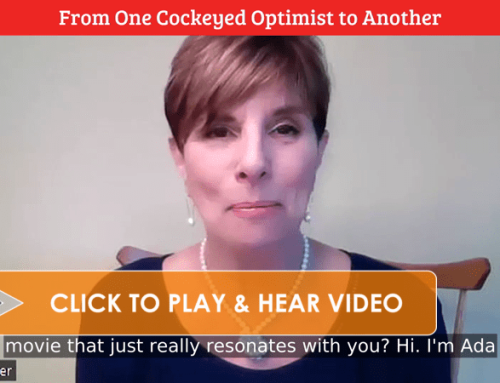 One of the most important things we do as mediators is to help our clients come to mutual agreements with each other. When I say mutual agreements, this doesn’t mean that they are giving in to the interests of the other without taking into (serious) account, their own needs. Unless our basic requirements are met, and our self-interests are served, why would anyone sign on for that? They wouldn’t.
One of the most important things we do as mediators is to help our clients come to mutual agreements with each other. When I say mutual agreements, this doesn’t mean that they are giving in to the interests of the other without taking into (serious) account, their own needs. Unless our basic requirements are met, and our self-interests are served, why would anyone sign on for that? They wouldn’t.
While this idea may seem like a selfish, self-serving proposition, the reality is that rarely does anyone agree to a resolution for purely altruistic reasons. As human beings we consciously or unconsciously make sure that our own self-interests are preserved, or at least are equally served before we ultimately shake hands on a deal.
If we think about this proposition in the context of human nature, this makes perfect sense – our survival mechanism kicks in and the first order of business is to not do anything that would harm us. And this is as it should be.
I was thinking about this as I read a fascinating article in the May 12th issue of The New Yorker Magazine titled “Green is Good, The Nature Conservancy Wants To Persuade Big Business to Save the Environment.” The thrust of this article is that Mark Tercek, the head of the Nature Conservancy, recognized that in order for corporations to put green initiatives into their business model, he had to monetize natural resources in such a way that they realized that “green” is good for their bottom line.
How they are instituting this is so simple that it’s amazing no one has thought of it before. The Nature Conservancy has initiated a pilot program with the Dow Chemical Plant in Freeport, Texas. This plant is the largest chemical manufacturing facility in North America and is situated on a river that flows directly into the Gulf of Mexico.
The program uses software that “helps a company to assess its natural resources so they can be compared with man-made assets.” As a result, they calculated what it would cost Dow to “furnish the Freeport facility with an additional smokestack scrubber,” which has to be replaced every ten years. So what they did was quantify the costs of polluting the water, the air, and the environment as well as the subsequent expense of the cleanup and compared it to the costs of “planting a thousand acres of trees. . .” which is a renewable natural resource.
“In addition to absorbing the pollution, the trees would suck up carbon dioxide – the primary cause of climate change – while beautifying the surrounding landscape and providing wildlife food and sanctuary.”
The calculations clearly showed why green was the way to go.
And here’s the kicker: “The idea to look at trees – it would never have crossed our minds” the Dow manager told Tercek.
Bingo! That’s what we mediators do: Help our clients look at the trees.
Comments From Social Media
Truly, this is what I believed mediators were supposed to do: facilitate conversation between parties. For many businesses this means quantifying the issue. Mediators can’t change people’s values, but they can assist in providing ways for the parties to respectfully communicate issues within the context of different values.
Kerrie Davis
__________________________________________________
Truly, this is what I believed mediators were supposed to do: facilitate conversation between parties. For many businesses this means quantifying the issue. Mediators can’t change people’s values, but they can assist in providing ways for the parties to respectfully communicate issues within the context of different values.
Paul Rajkowski
__________________________________________________
- Does Child Support Have to be Paid? - April 17, 2024
- Is the Child Support Statute in New York State Still Relevant Today? (video) - April 2, 2024
- Managing Expectations Post-Separation or Divorce (video) - March 6, 2024






Your green thought is great. Thanks for your sophisticated approach.
In this case, helping them look at the trees included telling them that looking at trees might be to their advantage. That happens pretty often in mediation — being aware of ways others have resolved similar problems and offering those ideas for consideration. Recently I worked with a separated couple (who might reconcile) who couldn’t figure out how to make ends meet financially. It had not occurred to them that they could sell their expensive cars and buy less expensive but reliable cars. They were thinking of selling their house when all they need to do was downsize their cars.